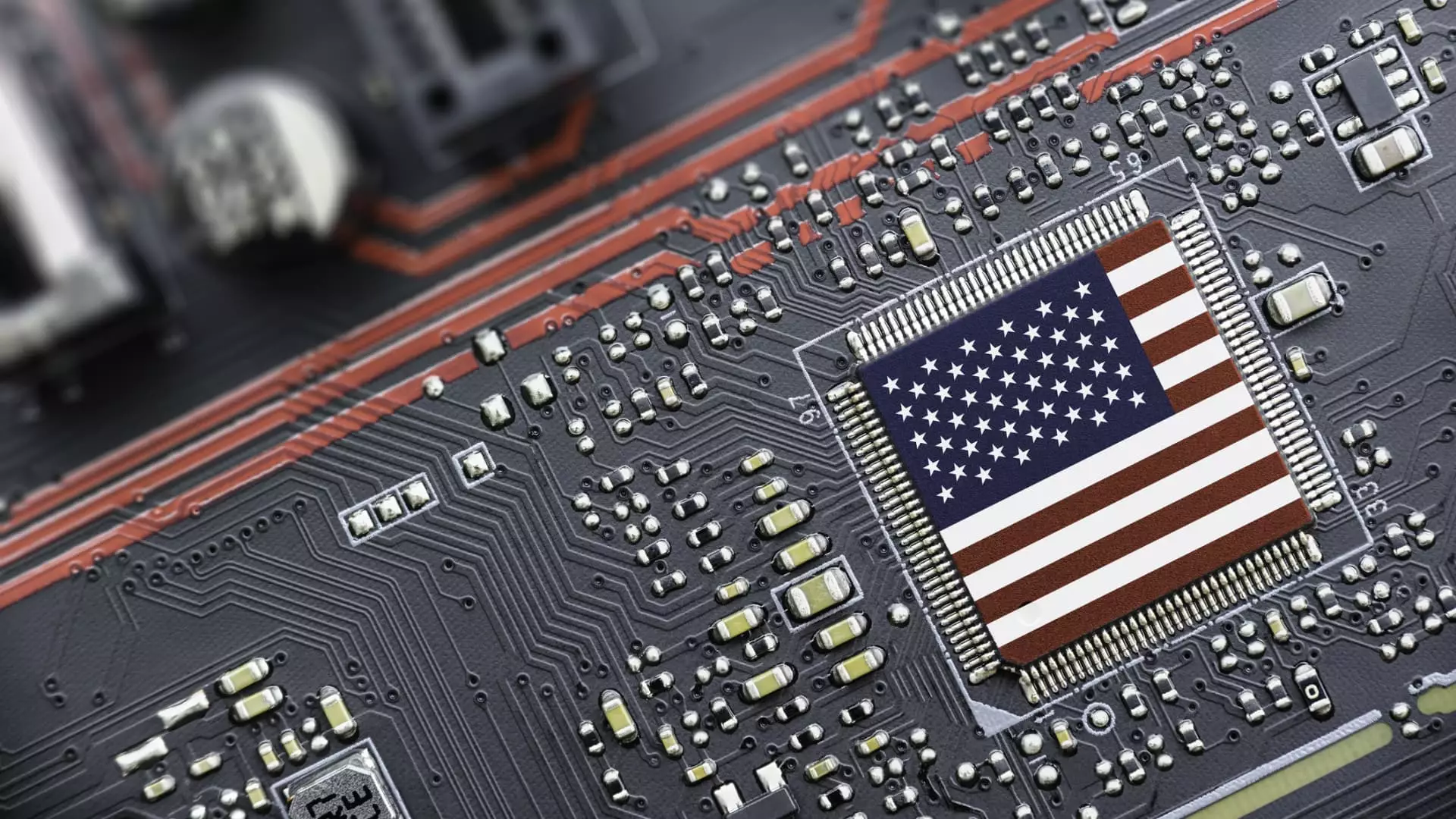In the digital age, semiconductors are the backbone of technological advancement, driving innovations from mobile phones to medical devices. The U.S. Commerce Department’s recent investigation into semiconductor imports underscores the growing recognition of their significance beyond mere electronics. This national security inquiry, per a Federal Register notice, resonates with the urgent need to ensure that America regains vital control over its semiconductor capabilities, which have been increasingly imported from regions like Taiwan and South Korea. The stakes are high, and the ramifications could reshape the landscape of technology manufacturing domestically.
Implications of National Security Investigations
The probe initiated by the Commerce Department raises critical questions about America’s reliance on foreign semiconductor technology. While many previous tariff exemptions for electronics hinted at leniency, this investigation sheds light on the stark reality: national security cannot be compromised for the sake of expedient trade. By assessing the feasibility of bolstering domestic semiconductor production, the investigation emphasizes the imperative to secure supply chains that are currently vulnerable to geopolitical tensions. The inclusion of both chip components and downstream products not only broadens the scope of the investigation but also highlights the interconnectedness of today’s technology landscape.
Tariffs as a Tool for Change
Under the auspices of Section 232 of the Trade Expansion Act of 1962, the Commerce Department’s authority to impose tariffs for national security is being strategically wielded. With President Trump publicly suggesting that new tariffs on imported semiconductors could be announced imminently, we are witnessing the potential for a seismic shift in U.S. trade policy. While tariffs can often be met with scrutiny and backlash, they may serve as a necessary lever to encourage investment in domestic manufacturing. The alignment of economic strategy with national security objectives is a transformative approach that could reduce dependence on foreign markets, fostering an environment where companies invest in the U.S. for both security and economic reasons.
Public Discourse and Participation
A pivotal aspect of this investigation includes the call for public comments, thereby inviting the voices of stakeholders to play a role in shaping the outcome. This interaction between the government and industry professionals fosters a participatory approach to policymaking; however, it raises questions about how effectively such feedback will be integrated into final decisions. The call for transparency not only builds trust but also ensures that the complexities of semiconductor manufacturing are duly acknowledged and addressed. It would be prudent for the Commerce Department to engage with a breadth of experts and advocates to formulate strategies that resonate with both national goals and industry realities.
Investment and Future Prospects
Recent moves by companies like Nvidia and Taiwan Semiconductor Manufacturing Company (TSMC) signal a burgeoning return of semiconductor production to U.S. soil. Nvidia’s commitment to building factories for AI supercomputers domestically not only positions the company at the forefront of technological innovation but also supports the larger narrative of industrial resurgence. TSMC’s plans to invest an additional $100 billion in the U.S. illustrate that the semiconductor industry recognizes the long-term benefits of stability and security in manufacturing. These investments may catalyze a reshaping of the American manufacturing landscape, potentially making the U.S. a global leader in semiconductor technology once more.
A Call to Action for Innovation
As the investigation unfolds, the underlying call to action is clear: America must innovate and adapt to reclaim its standing in the semiconductor arena. The interplay of national security, trade policies, and technological development necessitates a holistic approach that seamlessly integrates these dimensions. Rather than viewing tariffs as punitive measures, stakeholders should embrace them as catalysts for growth and modernization. Upholding national interests while nurturing a vibrant semiconductor industry is not merely beneficial; it is essential for sustained economic prosperity and technological leadership in the years to come.

